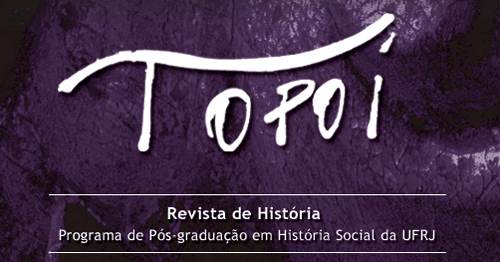ABSTRACT
The systems for exchanging, selling and transmitting second-hand clothes form practices that can be recognized in the historical record. At the beginning of the 20th century, these systems were confronted with forms of consumption that made new products testimonies of modernity. This article begins with the classic episode of Emílio Ribas’s experiments in 1903, which studied how people used second-hand clothing and their fears surrounding it. The argument presented here is that people, in the context of disputes over different types of knowledge and a period marked by various epidemics and the expansion of industrial capitalism, produced new apprehensions about clothes used by others, reinvigorating the connection between health and novelty. This apprehension boosted disposal-based consumer culture in the city of São Paulo in the period between 1900 and 1914.
Keywords:
second-hand clothing; consumption; health; disposal; epidemics

 Thumbnail
Thumbnail
 Thumbnail
Thumbnail
 Old Clothes Shops. Wallach Division, Picture Collection. The New York Public Library. Digital Collections, 1871-1874. 10X9 cm.
Old Clothes Shops. Wallach Division, Picture Collection. The New York Public Library. Digital Collections, 1871-1874. 10X9 cm.
 Fonte: Correio Paulistano, 1906-1914
Fonte: Correio Paulistano, 1906-1914